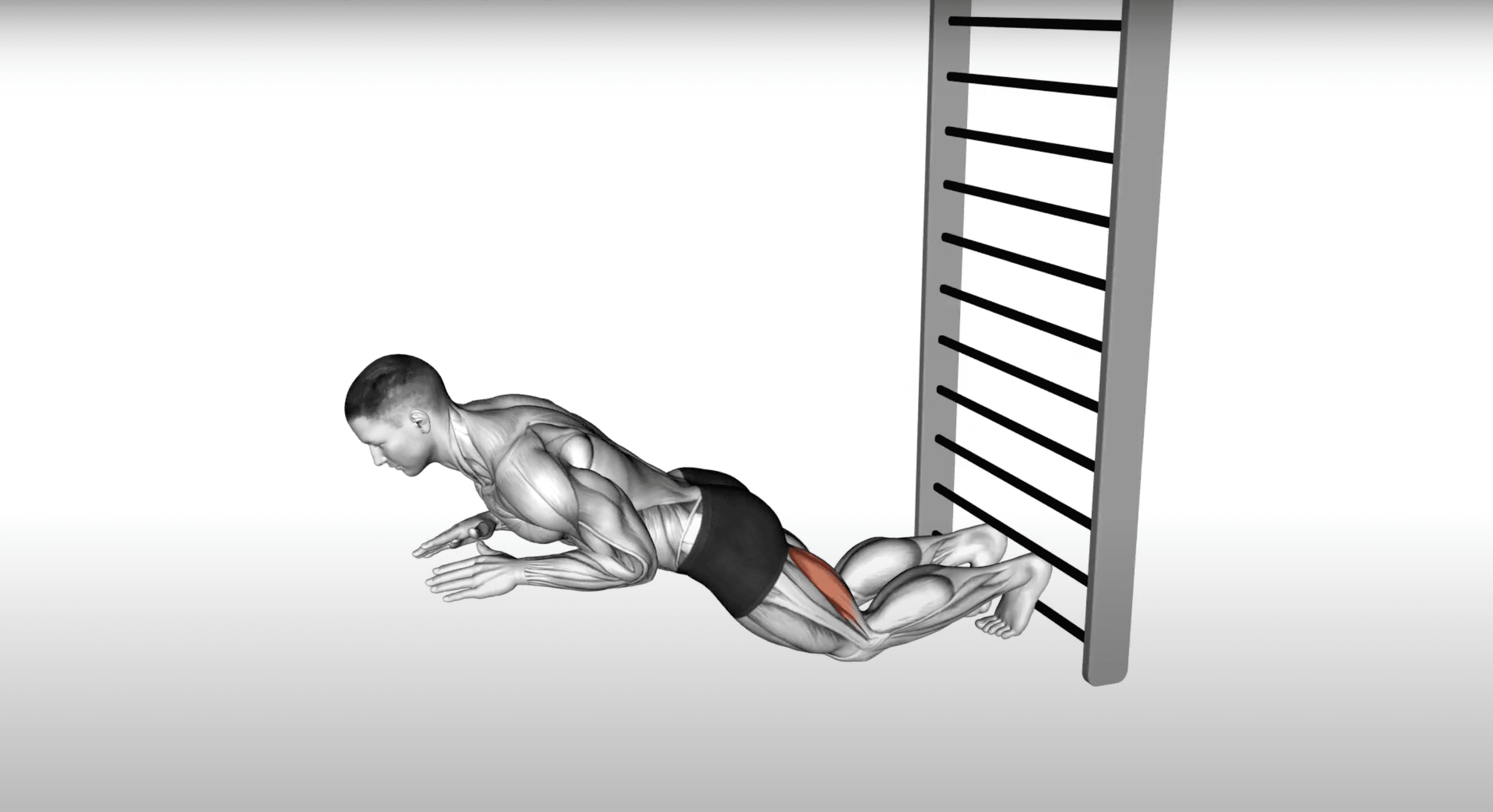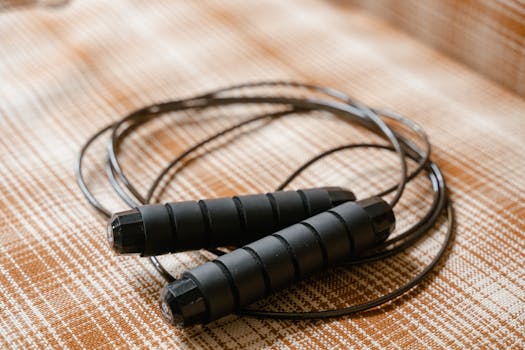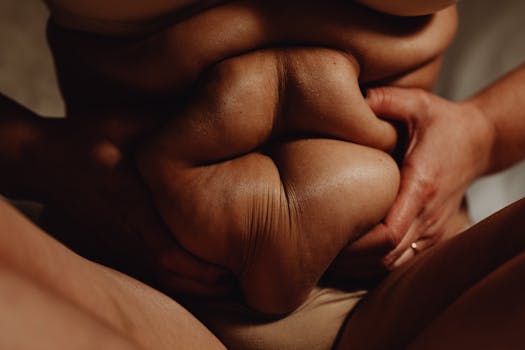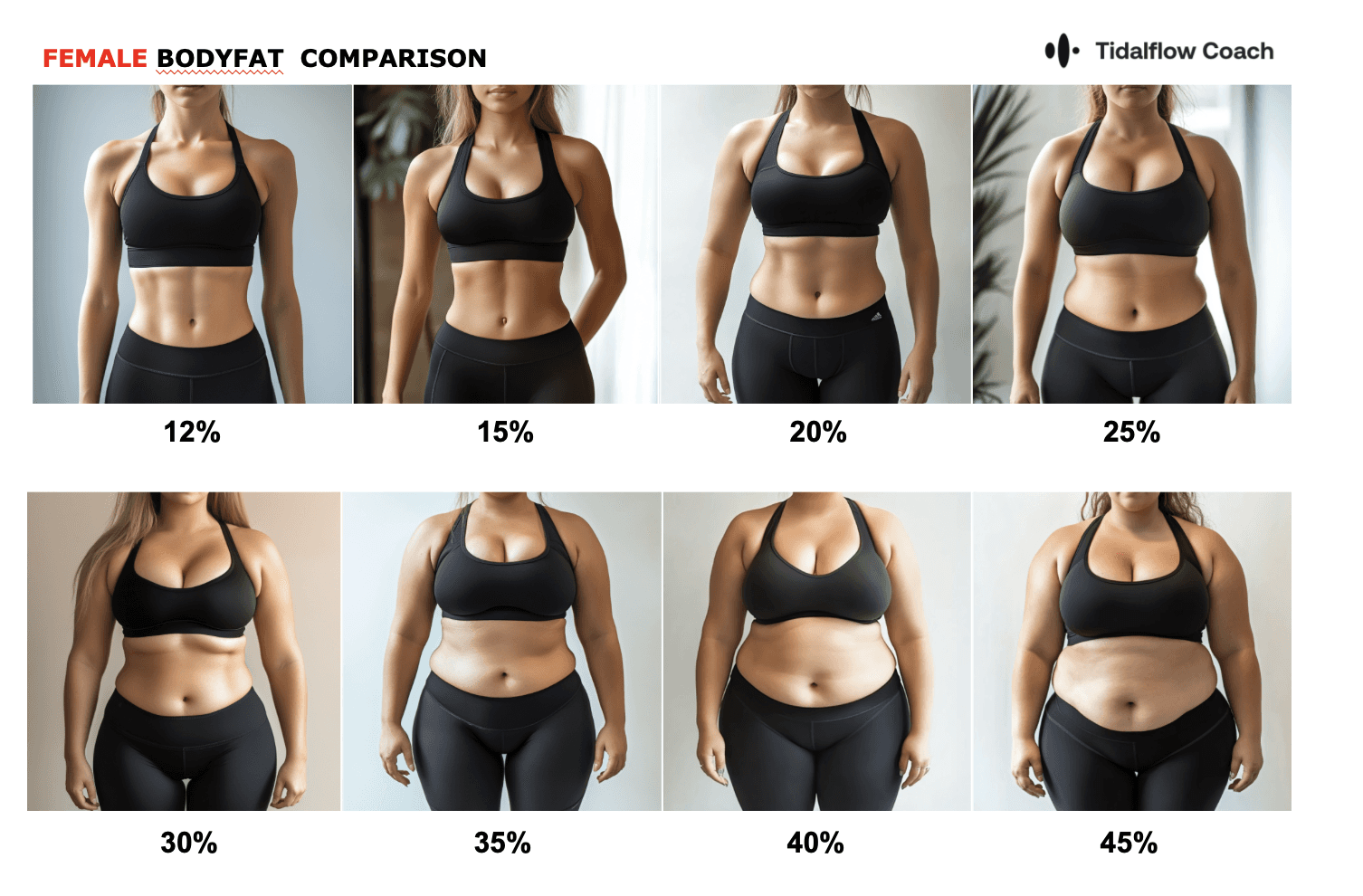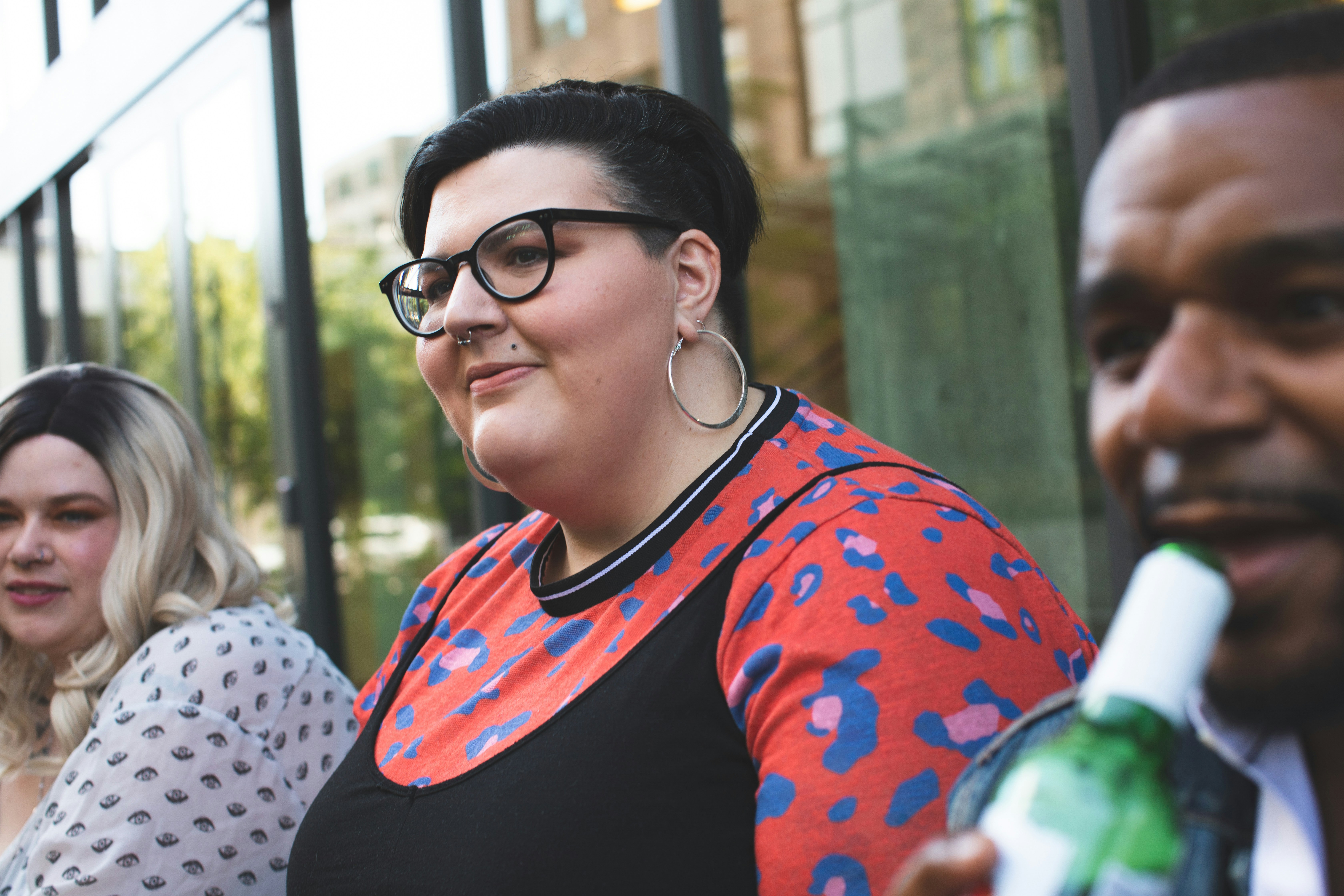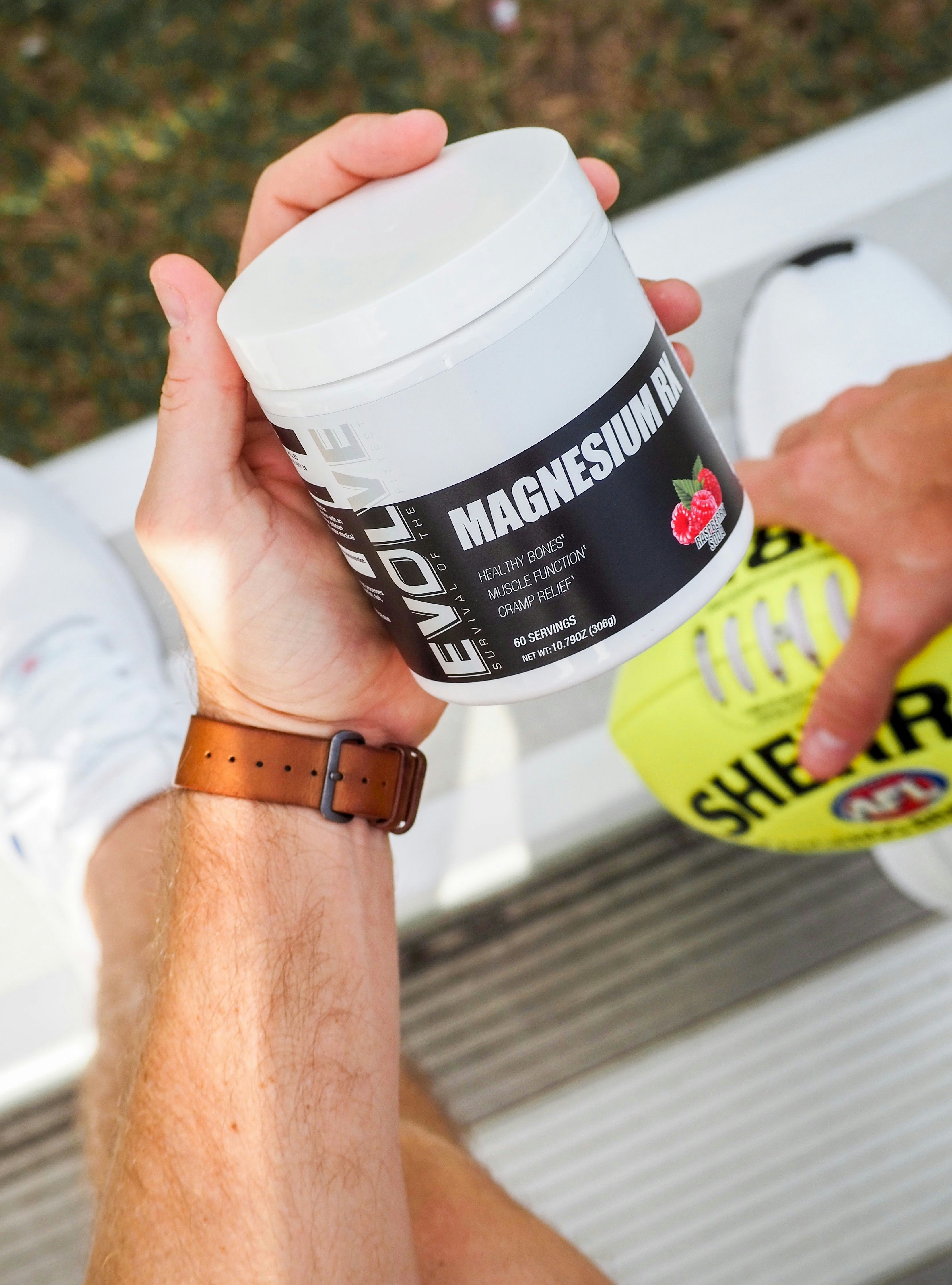Master the Nordic Hamstring Curl for Stronger Legs
Sep 25, 2024
Are you looking to take your leg training to the next level? The Nordic hamstring curl might be the game-changing exercise you've been missing. This intense movement has gained popularity among athletes and fitness enthusiasts for its exceptional ability to build hamstring strength and prevent injuries. In this comprehensive guide, we'll explore everything you need to know about Nordic hamstring curls, from proper technique to benefits and variations.
What is a Nordic Hamstring Curl?
The Nordic hamstring curl, also known as a Nordic drop or Russian hamstring curl, is an advanced bodyweight exercise that primarily targets the hamstrings. It involves kneeling on the ground and lowering your upper body towards the floor while keeping your hips extended, then using your hamstrings to pull yourself back up to the starting position.
Muscles Worked in a Nordic Hamstring Curl
While the Nordic hamstring curl primarily targets the hamstrings, it engages several other muscle groups:
Hamstrings: The primary target, including the biceps femoris, semitendinosus, and semimembranosus.
Glutes: Engaged to maintain hip extension throughout the movement.
Calves: Particularly the gastrocnemius, which crosses the knee joint.
Core Muscles: Including the abs and lower back, working to stabilize the body.
How to Perform a Nordic Hamstring Curl
Let's break down the steps for a proper Nordic hamstring curl:
Kneel on a padded surface with your ankles secured. You can use a partner, a sturdy piece of furniture, or a specialized machine.
Your body should form a straight line from your knees to your head.
Cross your arms over your chest or keep them at your sides.
Keeping your hips extended, slowly lower your upper body towards the ground.
Lower yourself as far as you can while maintaining control.
Use your hamstrings to pull yourself back up to the starting position.
If you can't pull yourself all the way up, use your hands to assist.

Common Form Mistakes to Avoid
Bending at the hips: Keep your hips extended throughout the movement.
Falling forward too quickly: Control the descent for maximum benefit.
Not engaging the core: Keep your core tight to maintain proper alignment.
Neglecting the eccentric (lowering) phase: This is where much of the benefit comes from.
How to Do Nordic Hamstring Curls Without a Machine
Don't have access to a Nordic hamstring curl machine? No problem! Here are some ways to perform this exercise at home:
Partner Assisted: Have a training partner hold your ankles firmly.
Furniture Anchor: Secure your feet under a heavy piece of furniture like a couch or bed.
Doorway Method: Use a doorway and a towel to anchor your feet.
Resistance Band Setup: Attach a strong resistance band to a sturdy anchor point and loop it around your ankles.
Remember, safety is paramount. Ensure whatever method you choose provides stable ankle support.
Why Are Nordic Hamstring Curls So Hard?
Nordic hamstring curls are notoriously challenging for several reasons:
High Eccentric Load: The exercise places a significant eccentric (lengthening) load on the hamstrings.
Limited Leverage: Unlike machine leg curls, you're working against most of your body weight.
Unfamiliar Movement Pattern: It's not a motion we typically perform in daily life.
Strength Imbalance: Many people have underdeveloped hamstrings relative to their quadriceps.
Don't be discouraged if you find them difficult at first. With consistent practice, you'll improve rapidly.
Are Nordic Curls Good for Hamstrings?
Absolutely! Nordic curls are one of the most effective exercises for hamstring development and injury prevention. Here's why:
Eccentric Overload: The controlled lowering phase strengthens the hamstrings in a way that's hard to replicate with other exercises.
Injury Prevention: Studies have shown that incorporating Nordic curls can significantly reduce the risk of hamstring injuries in athletes.
Functional Strength: The exercise mimics the demands placed on the hamstrings during sprinting and other athletic movements.
Muscle Growth: The high tension and time under tension can lead to significant hypertrophy (muscle growth).
Are Nordic Hamstring Curls Bad for Knees?
When performed correctly, Nordic hamstring curls are not inherently bad for the knees. In fact, they can be beneficial for knee health by:
Strengthening the muscles that support the knee joint
Improving balance between quadriceps and hamstring strength
Enhancing knee stability during dynamic movements
However, if you have existing knee issues, it's crucial to:
Start with easier variations and progress slowly
Ensure proper form to avoid unnecessary stress on the knees
Consult with a healthcare professional or certified trainer before incorporating them into your routine
Do Nordics Cause Hypertrophy?
Yes, Nordic hamstring curls can be an excellent exercise for promoting muscle hypertrophy (growth) in the hamstrings. Here's why:
Eccentric Overload: Eccentric training has been shown to be particularly effective for muscle growth.
High Tension: The exercise places the hamstrings under significant tension, a key factor in muscle growth.
Novel Stimulus: For many, it provides a new challenge that the muscles aren't accustomed to.
Time Under Tension: The slow, controlled nature of the movement increases time under tension, another important factor in hypertrophy.
Do Nordic Hamstring Curls Build Mass?
Nordic hamstring curls can indeed contribute to building muscle mass in the hamstrings. While they may not replace heavy deadlifts or squats for overall lower body mass, they offer unique benefits:
Targeted Hamstring Work: They isolate the hamstrings more than compound movements.
Eccentric Focus: The emphasis on the eccentric phase can lead to significant muscle damage and subsequent growth.
Progressive Overload: As you get stronger, you can increase the range of motion and add resistance.
Complementary Exercise: When combined with other leg exercises, they can contribute to overall leg mass.
For optimal mass building, incorporate Nordic curls alongside other hamstring exercises like Romanian deadlifts and leg curls.
Nordic Hamstring Curl Alternatives and Variations
While Nordic curls are excellent, variety in your training is key. Here are some alternatives and variations to consider:
Sliding Leg Curls: Perform leg curls using sliders or towels on a smooth surface.
Swiss Ball Leg Curls: Use a stability ball to perform leg curls.
Single-Leg Romanian Deadlifts: Great for unilateral hamstring work.
Glute Ham Raises: Similar to Nordic curls but with a different angle of pull.
Banded Nordic Curls: Use resistance bands for assistance or added resistance.
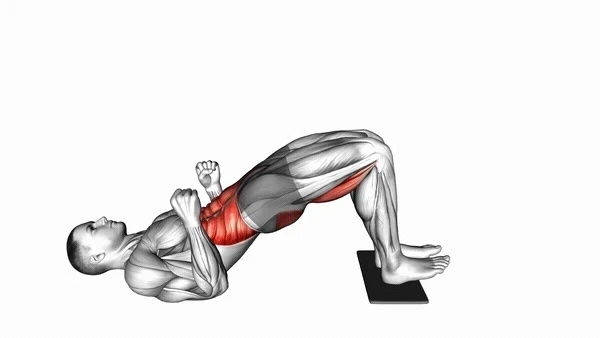
Nordic Hamstring Curl Progression
For those new to Nordic curls or looking to improve, here's a progression plan:
Eccentric-Only Nordics: Focus on the lowering phase, using your hands to push back up.
Partial Range Nordics: Lower yourself as far as you can control, gradually increasing range over time.
Assisted Nordics: Use bands or a partner to provide assistance.
Full Nordic Curls: Perform the complete movement without assistance.
Weighted Nordics: Add resistance with a weight plate or weighted vest.
Remember, progress at your own pace and always prioritize proper form over range of motion or added weight.
Incorporating Nordic Hamstring Curls into Your Routine
To get the most out of Nordic hamstring curls, consider these tips:
Frequency: Start with 1-2 times per week, allowing for adequate recovery.
Sets and Reps: Begin with 2-3 sets of 3-5 reps, focusing on quality over quantity.
Placement in Workout: Perform them early in your leg workout when you're fresh.
Progressive Overload: Gradually increase range of motion, reps, or resistance over time.
Complementary Exercises: Pair with exercises like Romanian deadlifts and leg curls for comprehensive hamstring development.
Sample Leg Workout Including Nordic Hamstring Curls
Here's an example of how you might structure a leg workout that includes Nordic hamstring curls:
Barbell Back Squats: 3 sets of 6-8 reps
Nordic Hamstring Curls: 3 sets of 3-5 reps
Romanian Deadlifts: 3 sets of 8-10 reps
Walking Lunges: 3 sets of 10-12 steps per leg
Leg Press: 3 sets of 10-12 reps
Remember to warm up properly and listen to your body, adjusting the workout as needed.
Conclusion: Elevate Your Leg Training with Nordic Hamstring Curls
The Nordic hamstring curl is a challenging yet rewarding exercise that can significantly enhance your leg strength, muscle development, and injury resilience. By mastering this movement and incorporating it strategically into your workouts, you can take your hamstring training to new heights.
Whether you're an athlete looking to improve performance and reduce injury risk, or a fitness enthusiast aiming to build stronger, more defined legs, Nordic hamstring curls have something to offer. Remember, consistency and proper form are key to reaping the full benefits of this powerful exercise.
Ready to revolutionize your leg training and overall fitness? Get started with Tidalflow today and experience personalized AI-powered training that adapts to your goals and progress. With expert guidance and cutting-edge technology, you'll be mastering Nordic hamstring curls and achieving your fitness goals in no time. Let's build those hamstrings of steel together!
You should not have to do it all on your own



